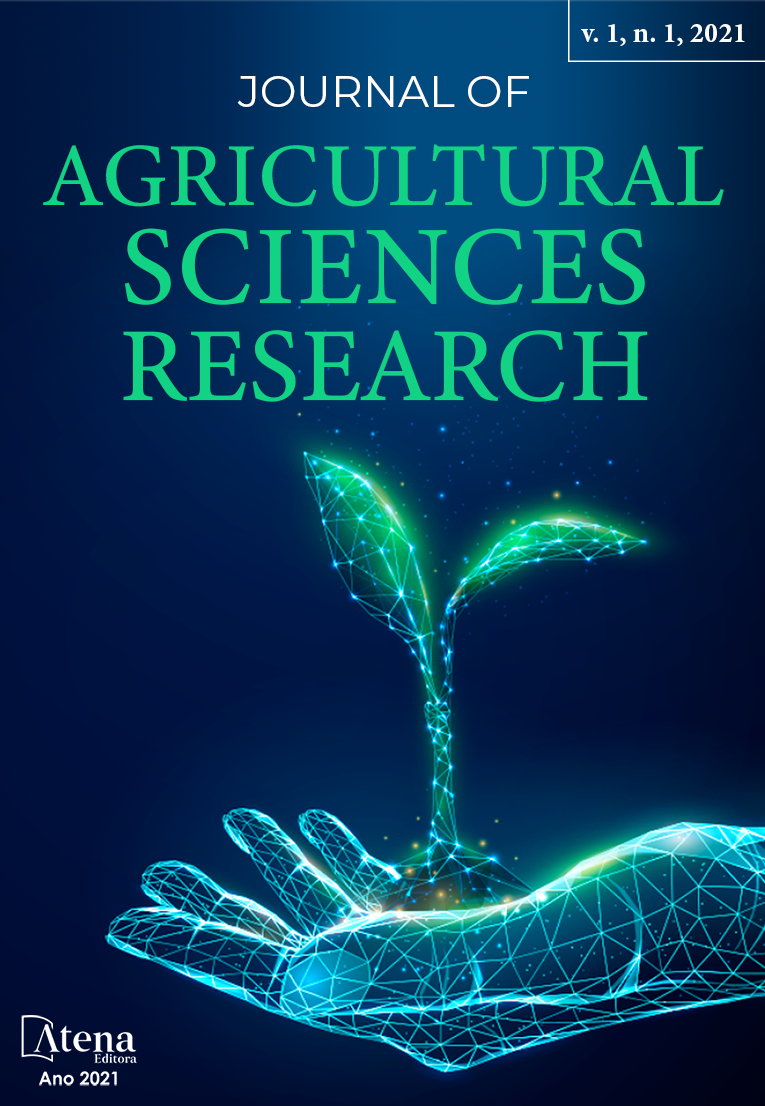
MORPHOLOGICAL, PHYSICAL AND CHEMICAL CHARACTERIZATION OF LUVISOLS UNDER RAINFALL GRADIENT IN THE SEMI-ARID REGION OF PARAÍBA
The climate is an important factor in the formation of soils and can be determinant in its characteristics. The aim of this study was to evaluate the influence of rainfall gradient on the formation process of Luvisols in the semiarid region, studying their morphological, physical and chemical attributes. Three soil profiles were described and collected under the following rainfall conditions: very dry < 400 mm, 400 > dry < 600 mm and sub-humid > 600 mm. The soils were analyzed for physical (particle size, clay dispersed in water, soil and particle density, degree of flocculation and porosity) and chemical properties (Ca2+, Mg2+, Na+ and K+, Al 3+, H+ + Al, COT, P and pH). It was noted the influence of rainfall in the pedogenetic processes that resulted in deeper soils the greater the rainfall in the region; the influence of precipitation on physical attributes was evidenced in clay contents; no clear influence of rainfall on fertility was noted. Thus, it was not possible to identify an isolated influence of rainfall levels on the chemical properties of soils. In general, the Luvissols in the very dry condition showed a higher content of nutrients available to the plants compared to other Luvisols.
MORPHOLOGICAL, PHYSICAL AND CHEMICAL CHARACTERIZATION OF LUVISOLS UNDER RAINFALL GRADIENT IN THE SEMI-ARID REGION OF PARAÍBA
-
DOI: 10.22533/at.ed.9732111108
-
Palavras-chave: Soil classification; pedogenesis; rainfall.
-
Keywords: Soil classification; pedogenesis; rainfall.
-
Abstract:
The climate is an important factor in the formation of soils and can be determinant in its characteristics. The aim of the study was to evaluate the influence of the precipitation gradient on the Luvisol formation process in the semiarid region, studying their morphological, physical and chemical attributes. Three soil profiles were transmitted and collected under the following rainfall conditions: very dry <400 mm, 400> dry <600 mm and sub-humid> 600 mm. Soils were formed according to physical properties (particle size, water-dispersed clay, soil and particle density, degree of flocculation and porosity) and agents (Ca2 +, Mg2 +, Na + and K +, Al 3+, H + + Al, TOC, P and pH). It was noted the influence of rainfall in the pedogenetic processes that resulted in deeper soils as the region's precipitation increases; the inclusion of inclusion in physical attributes was evidenced in clay contents; no clear influence of precipitation on fertility was noted. Thus, it was not possible to identify a basic influence of precipitation levels on defined soil properties. In general, the Luvissols in the very dry condition revealed a higher content of nutrients available to the plants compared to other Luvisols.
-
Número de páginas: 21
- Vânia da Silva Fraga
- Sebastiana Maely Saraiva


